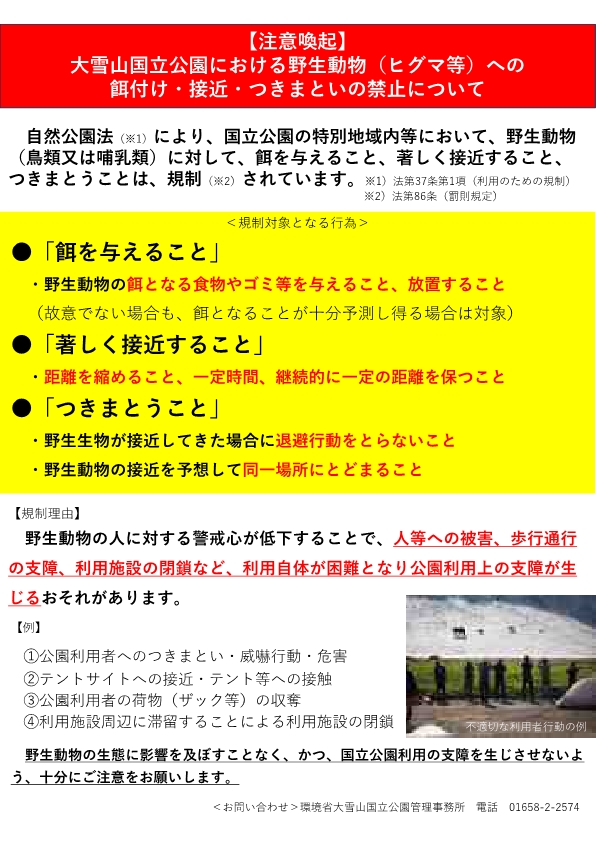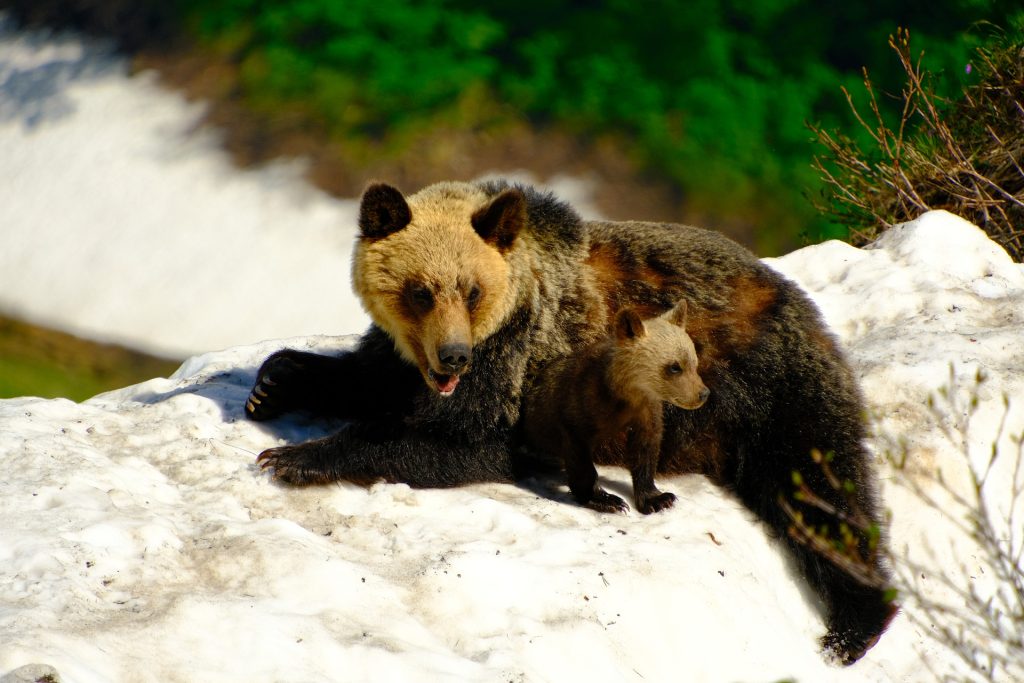
Carnivora, Ursidae, Genus Ursus
Ezo-higuma (Ursus arctos yesoensis)
In Japan, the Ezo-higuma (the Hokkaido brown bear) is only found in Hokkaido. They prefer relatively cool climates.
Their body color is black or reddish brown with some gray and ochre.
Their diet changes depending on the season and where it lives.
They are omnivorous, but most brown bears living in the Daisetsuzan Range are plant-eaters.
They have a head and body length of 200 cm and weigh about 300 kg.
Characteristics of higuma brown bears
| Height | Approx. 2m (female is slightly smaller) |
| Weight | Approx. 300kg (male 150-400kg, female 100-200kg) |
| Feeding Habits | Many brown bears living in the Daisetsuzan Range are omnivores, eating alpine plants. They also dig up soil to eat ants. |
| Characteristics | Body color is black or reddish brown (with some gray and ochre in places). |
| Vision | Their eyesight allows them to be active in the daytime and night time. They cannot see distant objects very well. |
| Hearing | Excellent hearing and very sensitive to sound. |
| Sense of Smell | They have a very keen sense of smell; they can find things buried in the soil. |
| Behavior | Except during the winter hibernation period, daily activities include foraging, roaming, and resting, while mothers raise their young. These behaviors are carried out day and night; they are not nocturnal. They are wary of humans. When they sense the presence of humans, they will hide in the bushes and wait until the area is clear. They are also wary of other members of the same species. If they are in an area where they are likely to encounter other bears, they become tend to choose times and locations that avoid encounters. |
Brown bears can sometimes become aggravated and dangerous.
Take care to abide by two simple rules: 1) Don’t approach bears, and 2) don’t attract bears.
How to avoid encountering brown bears
In most encounters between humans and brown bears while hiking, it’s the cautious brown bear that will notice the humans first. They will hide in the bushes and wait for humans to pass by, never showing themselves unnecessarily. The most dangerous encounters occur when both parties are unaware of each other and suddenly meet. The most dangerous encounters happen in situations such as when it is raining, visibility is poor, or when strong wind makes it difficult to hear.
However, it is possible to avoid encountering brown bears by exercising caution on our part. While hiking, follow the next few points to avoid brown bear encounters.
CHECK!

Before your hike, seek information in advance. Ask park wardens or visitor center staff for brown bear information, and follow their advice.
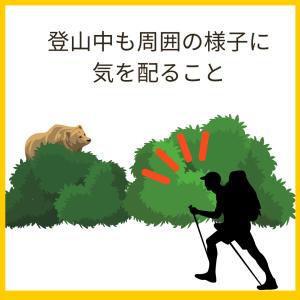
There are no absolute brown bear safeguards. Seek information in advance, be aware of your surroundings while hiking, and be ready to change plans if hazards present themselves.
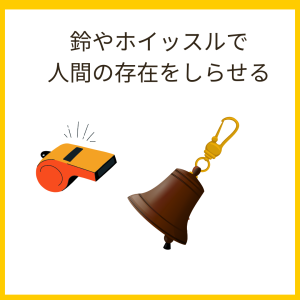
To avoid sudden encounters with brown bears, attach a bell or other sound-emitting device to your pack. Be extra careful when trail running. Trail running carries a heightened probability of sudden encounters.

Never dispose of garbage or food leftovers in the mountains. Bears will find it, and this will cause bears to approach humans for more. Hikers must pack out all trash and food waste.
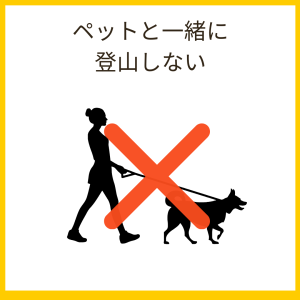
Dogs can overly excite bears. Dogs and other pets are not permitted in the Daisetsuzan Range.

Overnight in designated areas only (campsites/huts). If in an area with designated meal/rest areas (e.g., Kogen-onsen Numameguri Trail), obey all instructions.
If you encounter a brown bear:
Staying calm is important. Each situation will be different depending on your distance from the bear and the bear’s behavior. In all situations, however, it is important not to act in a way that causes the bear to become more surprised or fearful.
Pay attention to the following points.
CHECK!
- Do not run away. If there is considerable distance between you and the bear, it is important to move away calmly while watching their behavior.
- If you are in close proximity to the bear, do not yell or throw things at it.
- If the bear comes within close range, you will need to take immediate action, such as using bear spray.
- If you encounter a bear cub, be vigilant, as there will always be a parent bear in the vicinity. Never approach or startle bear cubs.
- If the bear leaves, leave the area quickly.
- Information on bear encounters are important for other hikers, so please contact the nearest visitor center, trail-head facility, forest office, or a Ministry of the Environment management office.

